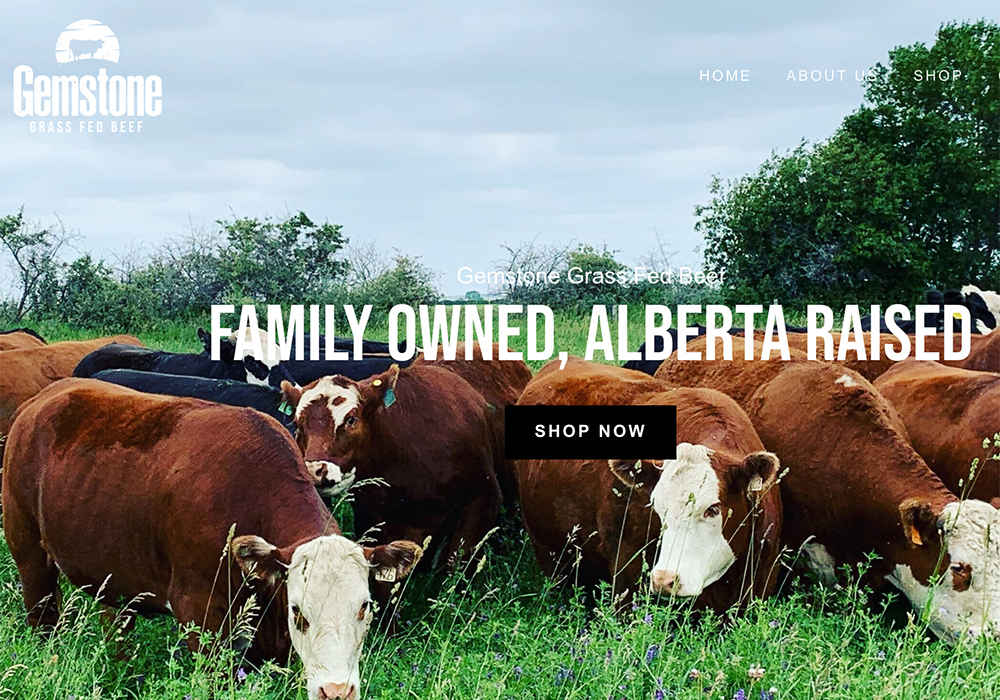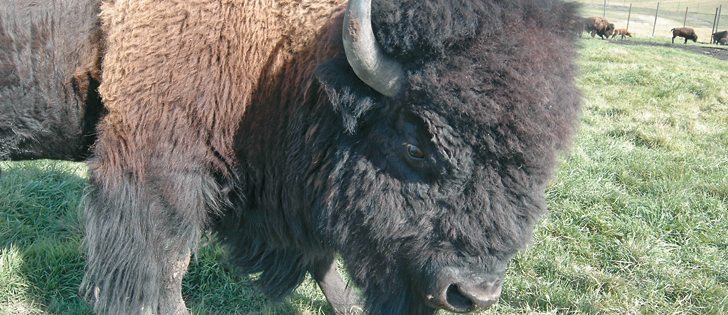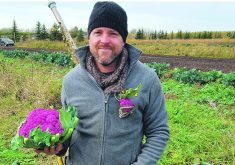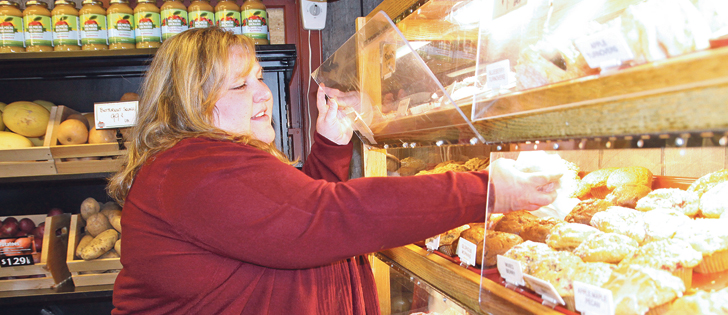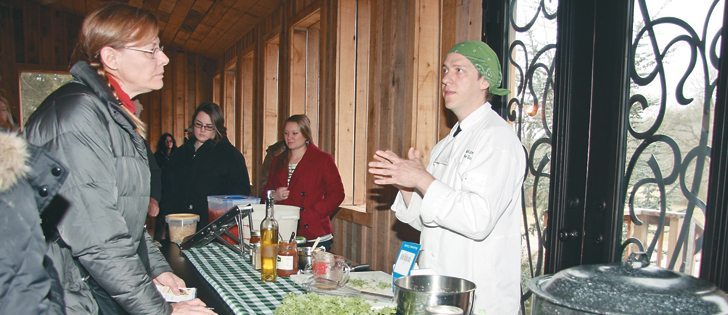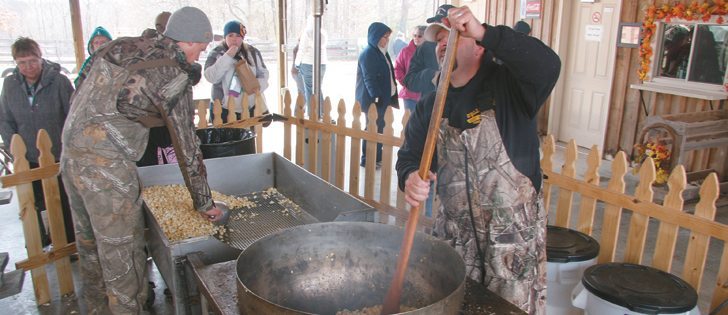Ten months into the pandemic, more people are buying food directly from farmers. Studies out of Dalhousie University indicate 4.7 percent of Canadians have done so since early last year and the trend is expected to continue.
That is good news for Lorin Doerksen of Gemstone Grass-Fed Beef of Gem, Alta. He and his brother, father and uncle started direct-marketing their beef before the pandemic began. The family has a purebred cattle business and was developing forage-based genetics that seemed to lend themselves well to grass-fed beef.
Read Also

Feds propose overhaul of chronic wasting disease control program
Chronic Wasting disease control program getting updated by Canadian Food Inspection Agency with feedback encouraged from producers.
“The tipping point really was that we had a local processor that was marketing free-range pork in Calgary,” Doerksen told a Red Bow Ranching Conference webinar. “They had their own processing facility and they were starting to see a demand for grass-fed beef.”
They thought it would be easy, said Doerksen.
It wasn’t.
But they persevered by working with a marketing company, figuring out their target audience and listening to the goals of potential customers that include healthy eating, concern for the environment and animal welfare.
“I think the opportunity for direct marketing exists because of the growing number of consumers that are motivated to buy direct from the source. … They want to source local. We’re seeing local come up in a lot of the bigger grocery store chains too… but it’s more than just local. People want the story behind the food.”
The obstacles to successful sales must also be acknowledged, said Doerksen.
“The customer basically has to search for you. They probably wait longer to get the product than they would have if they were shopping at the grocery store and at the end of the day they pay more.
“It’s kind of an interesting phenomenon that they’re willing to do that, so I think the challenge of direct marketing is, how do we make that experience as simple for the customer as possible?”
Gemstone does that by using social media, including Instagram and Facebook, providing a system for easy payment online and distributing a monthly newsletter.
The biggest challenge is managing inventory, which they initially addressed by offering custom cutting only on wholes and halves, but not on quarters. The latter results in odd cuts, said Doerksen.
Later they moved into offering boxes of mixed cuts, all vacuum packed, frozen and shipped direct from their processor.
Pricing the various cuts can be tricky.
“Don’t use the bathroom scale. You’ll be out a couple hundred bucks,” he advised.
Orders can be unpredictable and selling into multiple streams, such as restaurants or grocery stores, can mitigate that problem. It all has to be factored into the business plan.
Although it may seem less efficient to market this way, Doerksen said it is efficient at allowing people to have a connection with the seller and the farming operation.
Ben Campbell, who direct-markets beef from his operation called Grazed Right near Black Diamond, Alta., noted grass-fed animals are slaughtered at an older age because they take longer to finish. That adds to production costs, which also have to be factored into plans.
However, the ability for customers to connect with him, as the person raising the animals, is important. It allows him to talk about the process and allows customers to see that they are supporting a family operation that produces food.
“Being the real deal is, I think, the key to direct marketing.”


